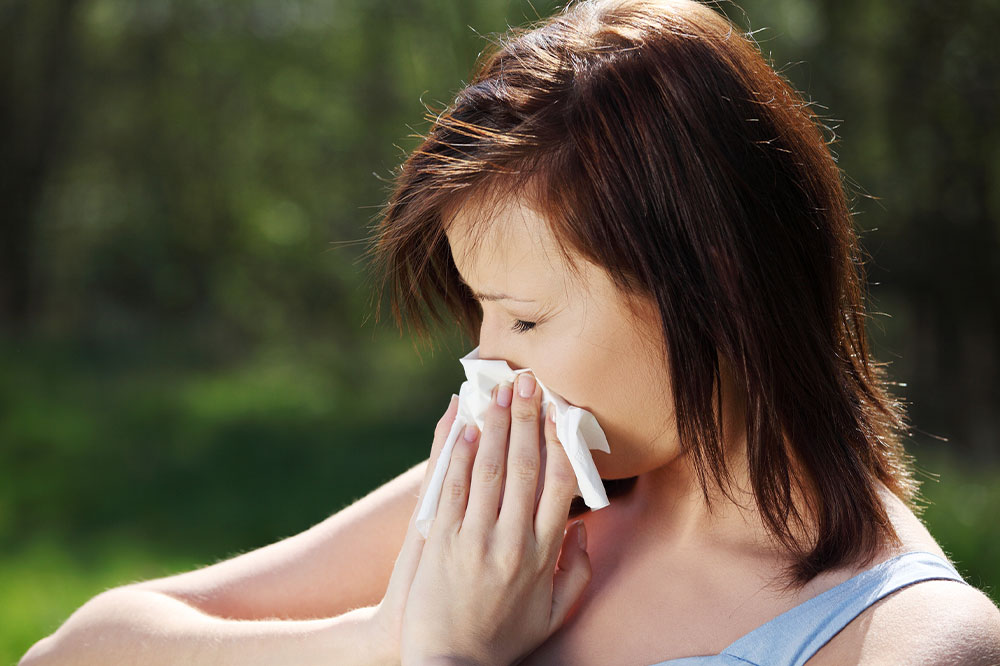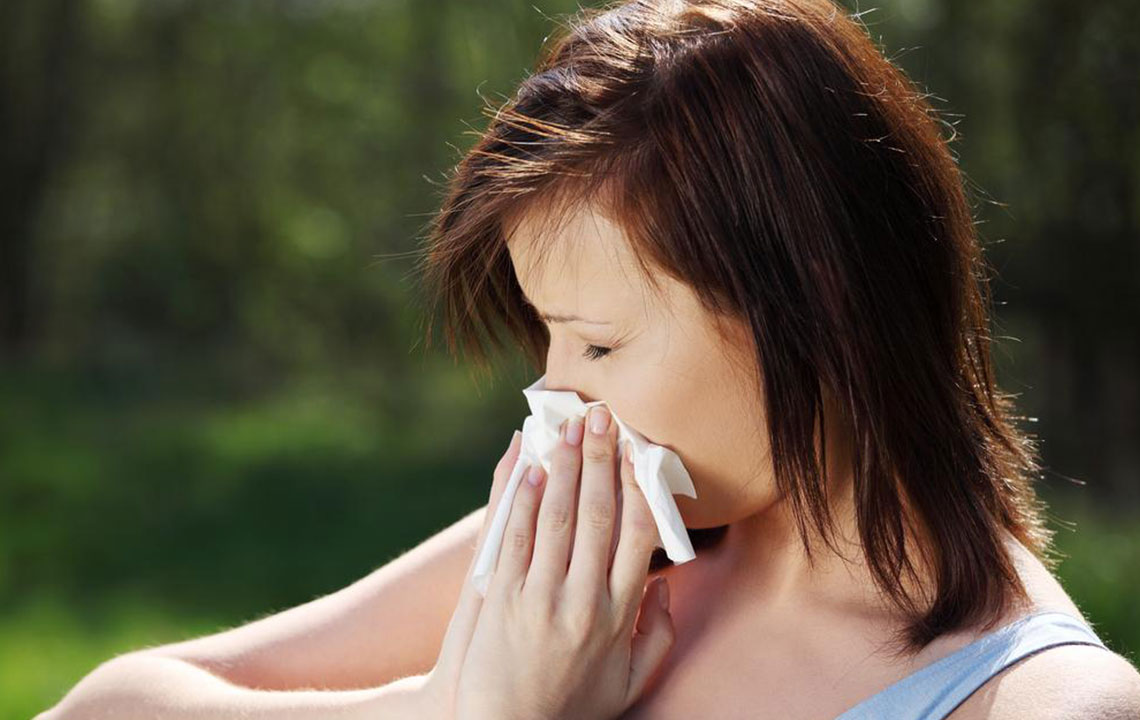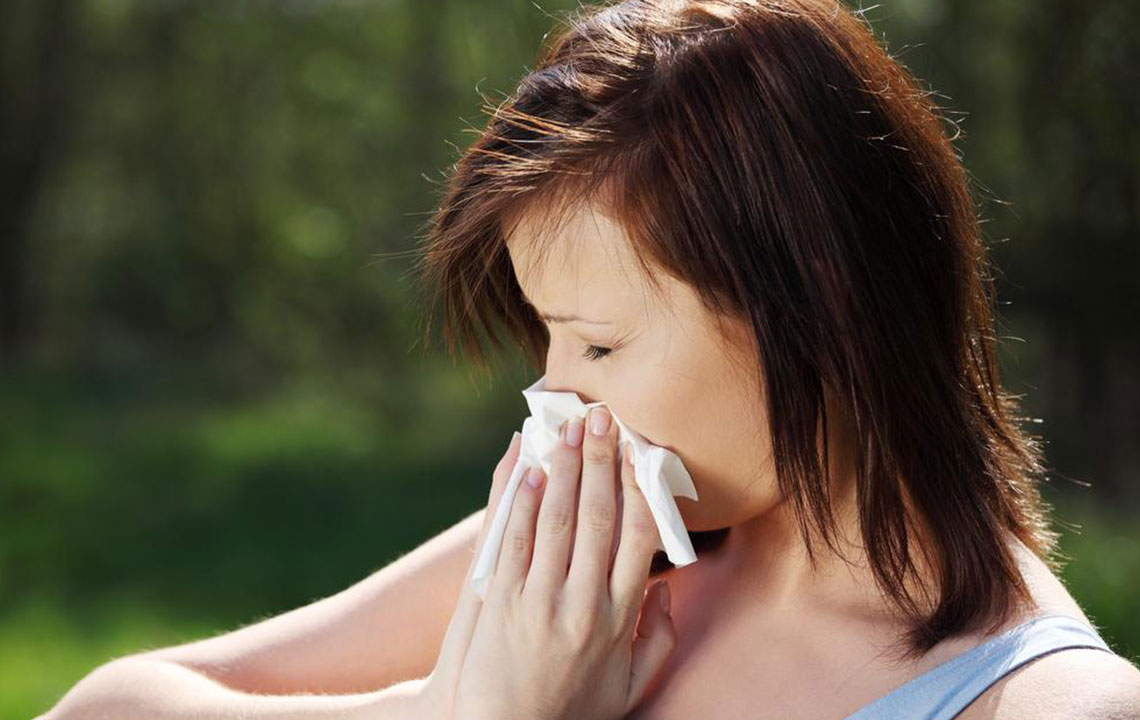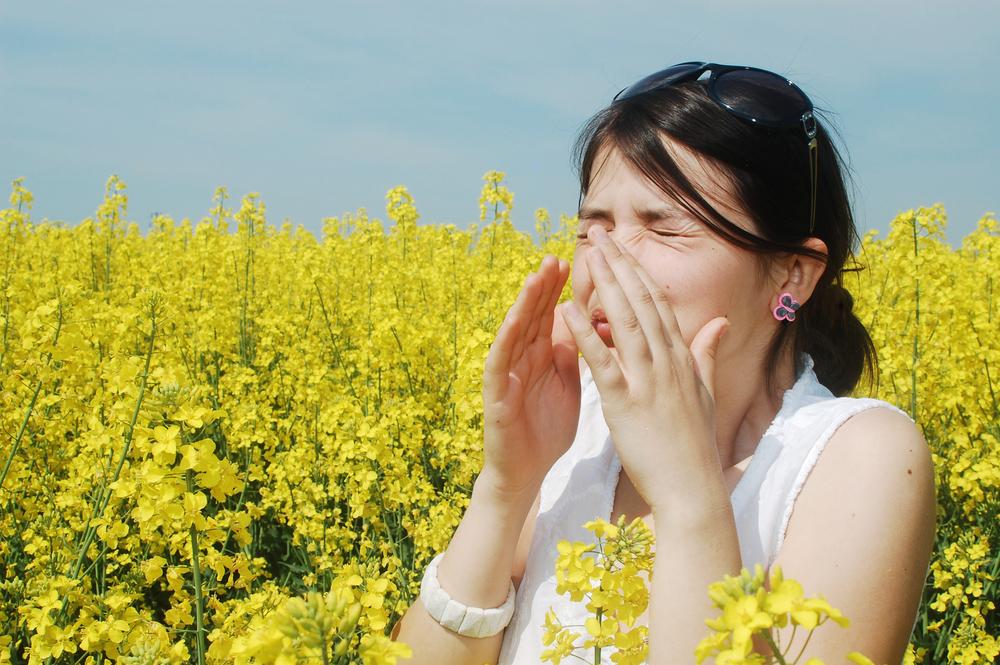Understanding Allergies: Origins, Symptoms, and Prevention Strategies
This comprehensive overview explains the causes, symptoms, and management of various allergies, including mold, food, insect, and skin allergies. It emphasizes the importance of proper diagnosis and avoiding triggers to prevent severe reactions. The article provides practical tips and medical insights to help individuals better understand and control allergy symptoms, promoting healthier lifestyles through proactive allergy management.
Understanding Allergies: Origins, Symptoms, and Prevention Strategies
Allergies affect up to 20% of Americans, caused by the immune system reacting to harmless substances called allergens. Some individuals are allergic to multiple triggers, while others never develop allergies. Common signs include itchy eyes, nasal congestion, sneezing, and asthma symptoms.
Mold allergies
One of the most prevalent allergy types, mold allergies can cause sneezing, nasal runniness, itchy eyes, coughs, and may trigger asthma attacks.

Severe reactions like anaphylaxis are possible in serious cases.
Diagnosis involves physical exams and reviewing symptoms. Managing mold allergies includes minimizing mold exposure by cleaning regularly, fixing leaks, controlling indoor moisture levels, and eliminating clutter.
Medications prescribed by healthcare professionals can help reduce symptoms effectively.
Allergic Rhinitis
Popularly known as hay fever, allergic rhinitis results in sneezing, runny nose, and itchy eyes due to airborne triggers like pollen and dust. Diagnosis generally involves symptoms testing and skin or blood tests.
Managing allergic rhinitis involves avoiding known triggers, adhering to medical advice, or pursuing immunotherapy.
Atopic Dermatitis
Also called eczema, this skin allergy causes dryness, itchiness, rashes, flakiness, and redness. It stems from an abnormal immune response and is diagnosed via examination. Treatment includes avoiding irritants and applying prescribed topical treatments.
Food Allergies
Reactions to food can vary from mild itching to severe swelling and breathing issues. Diagnosis involves skin or blood tests, and treatment primarily involves avoiding the offending food.
Insect Allergies
Insect stings from bees, wasps, hornets, mosquitoes, or ticks can cause swelling, hives, and in severe cases, anaphylaxis. Diagnosis is through physical exams and skin tests if reactions are intense.
Fungal Allergies
More common during spring and summer, fungal allergies involve symptoms like sneezing, runny nose, itchiness, coughing, and difficulty breathing. Diagnosis includes skin or blood tests, and treatment involves avoiding spores and taking antihistamines or inhalers for asthma management.
Immune System Disorders
Overreactions of the immune response, such as IgE-mediated allergies, can cause hives, swelling, and breathing problems. Non-IgE responses may lead to eczema or gastrointestinal issues. Autoimmune conditions like celiac disease can also produce allergic-like symptoms, including fatigue and rashes.
Contact Dermatitis
This skin reaction appears as redness and rash after contact with irritants like soaps, cosmetics, jewelry, certain clothes, or plants like poison ivy or oak. Diagnosis is based on symptoms and exposure history.
Understanding and identifying allergies through testing helps prevent reactions. Avoiding allergens and consulting health professionals are key to managing allergic conditions and maintaining health.










